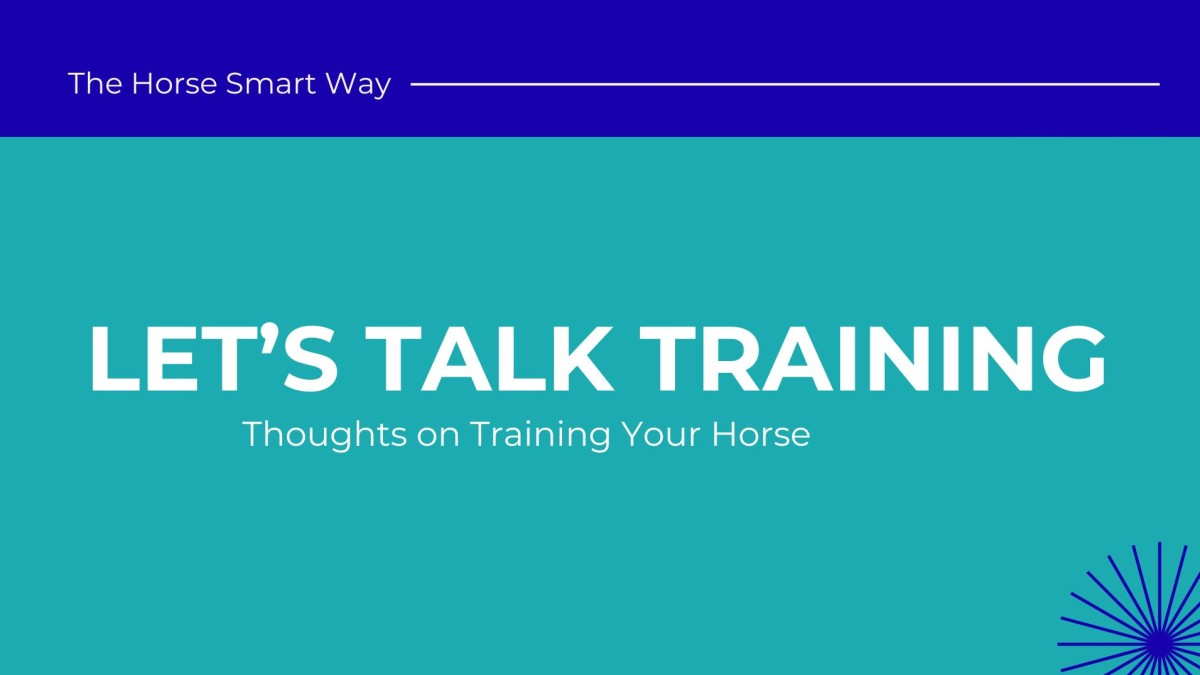COACHING PERSPECTIVES & SUCCESS STRATEGIES
Unspoken Tragedies of Horse Training

What can happen to your horse if you chose a trainer but things go very wrong. I have seen the results and this is an alert - watch out.
Unspoken Tragedies of Horse Training
If you send your horse out to a trainer with the basics well established, it should come home the same way. It should have the same solid foundation, personality, temperament, and connection with you—unspoiled. In addition, it should be rideable for you. This means calm and appropriately responsive to your cues in the walk and trot. Depending on your riding skill level, you can expect to be carried safely in the canter.
Problems show up when a sensitive horse is difficult for the trainer, meaning it just doesn’t conform easily to the training regimen. Sometimes the horse doesn’t accept the methods used and tries escaping or defending itself due to its own innate nature. Sometimes the chosen trainer is not adaptable enough to help that horse learn and progress. That’s when force, fear, and intimidation often rise to the surface to get more expedient results. In these cases, some horses learn to cope, guess better, get along for each training session, and survive. Others, sadly, just don’t “make the grade.” These horses are sometimes returned, damaged in some way.
Trigger warning ... Here are some of the problems I’ve seen more times than I care to remember:
-
One came home aggressive and defensive when touched, as the owner simply tried to reconnect through grooming.
-
One horse couldn’t canter on the lunge, would panic, and just run flat out at the trot. I know for a fact it had been flipped because the trainer himself told me he “fixed the bucking problem that way.”
-
Another horse stood rock solid and shut down while being saddled at home—jumpy in her own skin but not daring to move a foot.
-
In the round pen, a horse that had been started under saddle, and proven with cousins and friends being led around, couldn’t relax. It became a rank bucker when cinched and never carried a rider again.
-
A horse that bobbed and flapped her mouth when bridled was found to have a Y-shaped cut across her tongue and couldn’t even carry the bit—probably still sore, too. The same man who “flipped” her had created this horrendous injury.
-
Sadly, some horses never return from the trainer. In these cases, the owners may be told that it wasn’t a good horse for them and are convinced to buy another that the trainer has finished. What happened to that first horse? Who knows?
-
The worst case is when a horse dies in the hands of the trainer—and yes, this happens.
Having trained a few over the years, I’ve seen the solid foundation and consistent processes established during training diminish quickly over time. This created confusion during the owner’s unsupervised groundwork and rides. Often, the processes weren’t used at all. As the “trainer,” this left me feeling like I let that horse down, returning it to cope and figure things out. At least they went back to owners who really cared, asked for guidance, and worked things through.
So, how do you pick a reputable trainer that you can really trust with your horse’s care and development?
There is too much to say about this topic in one sitting, but for now, just be aware and diligent in seeking out details, reputation, quality of results, and feedback from former clients. This includes the good, the bad, and even the ugly.
Be encouraged, because good trainers are out there, and there is a lot to consider in your search. Remember—the horse you love is depending on you.
Categories: : Let's Talk Training
 Brenda Robson
Brenda Robson 
